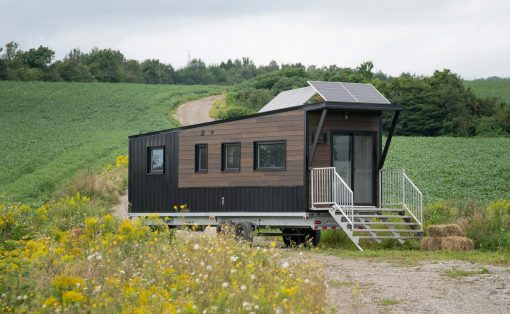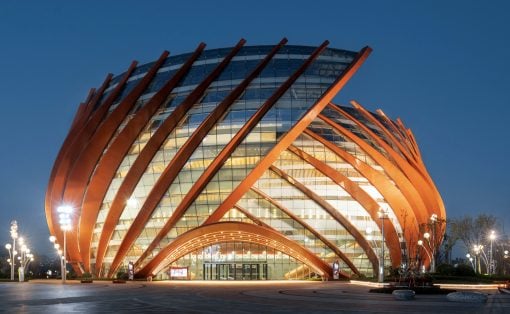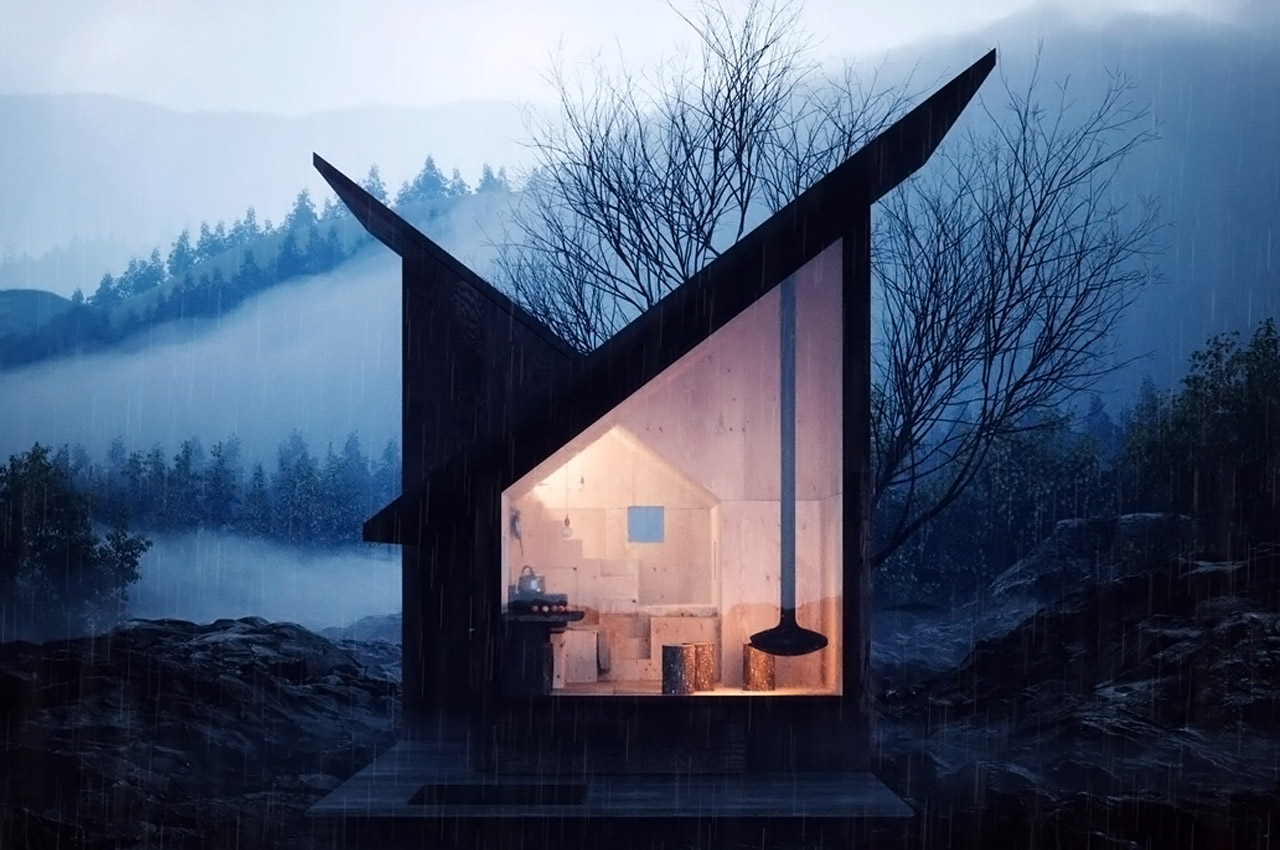
There’s something about wooden architecture that is simply so humble and endearing. Wood has been a material of choice for construction for ages galore. Wood ages beautifully – anything built with wood will retain the character of your house. And it also manages to incorporate an aura of warmth and serenity within the living space. The rustic and homely appeal of a wooden space instantly makes you feel at ease and welcomed. It’s a material of choice that has stood strong through the ages and continues to do so. Whether modern or traditional, wood can be bent and molded to create a living space of your choice and style. From a wooden treehouse constructed without a tree to a geometric wooden cabin that is perfect for a socially distant getaway – this collection of architectural designs will leave you mesmerized and completely in awe of the wonderful yet simple material that is wood!
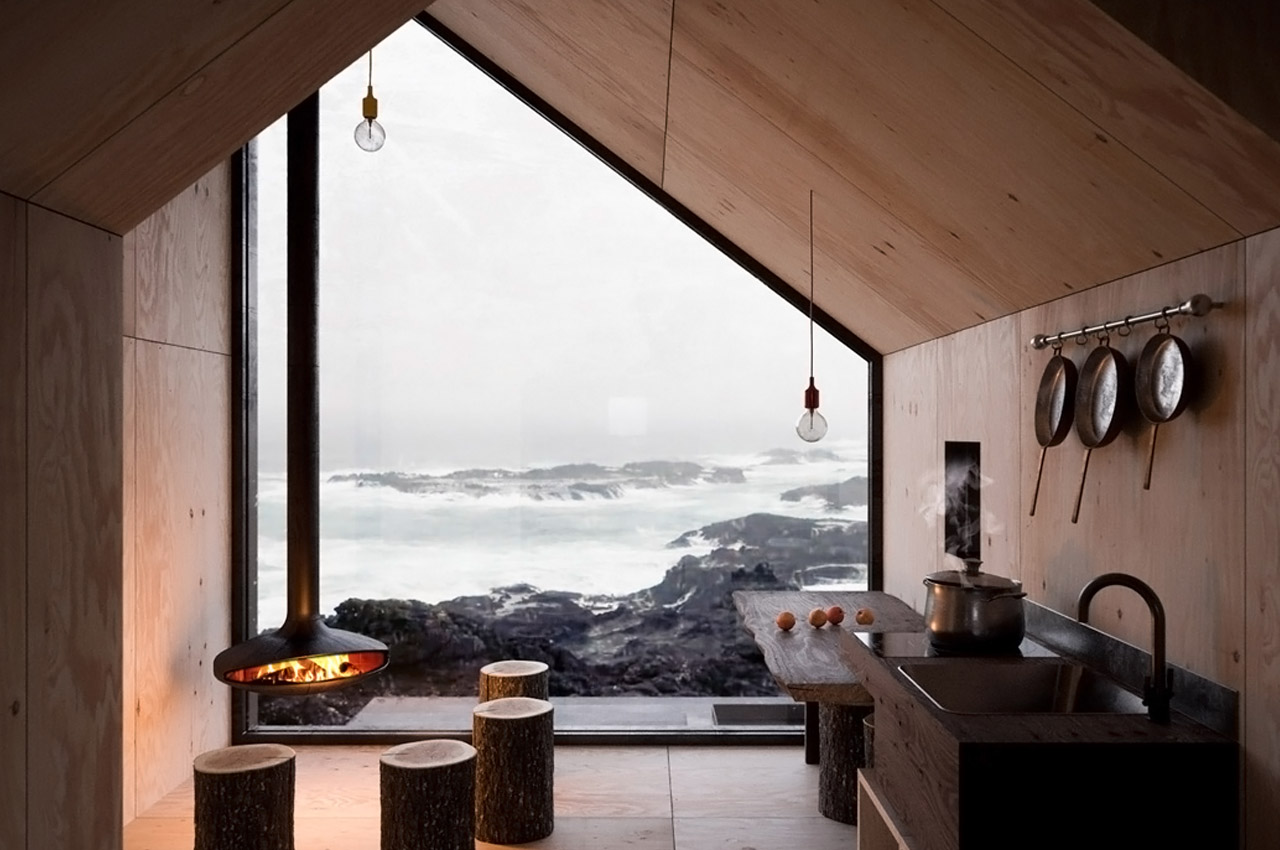
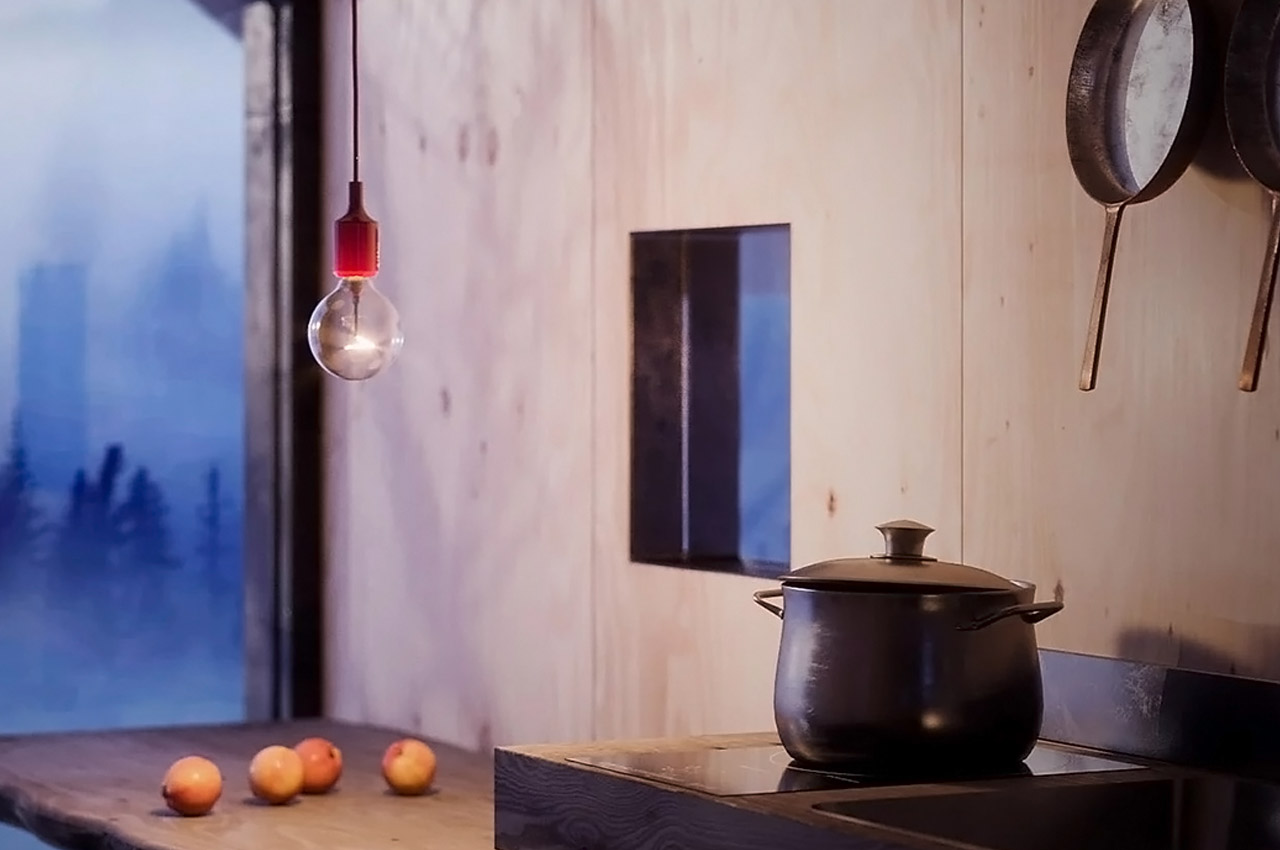
Italian architects Massimo Gnocchi and Paolo Danesi probably also can’t wait to enjoy some downtime and therefore created the Mountain Refuge to express their desire for travel. It is a wooden, square, prefabricated cabin with an angular roof. While the geometric cabin is a structural contrast to its natural setting, it still blends in well while showing off its modern design. “The project acts as a contemporary interpretation of old traditional mountain refuges, bringing in architectural character and spatial quality,” say the designers. The wooden cabin comes in different modules and each has the capability to be flexible and expandable. It is made to be compact and optimizes the space while taking up the least in nature.
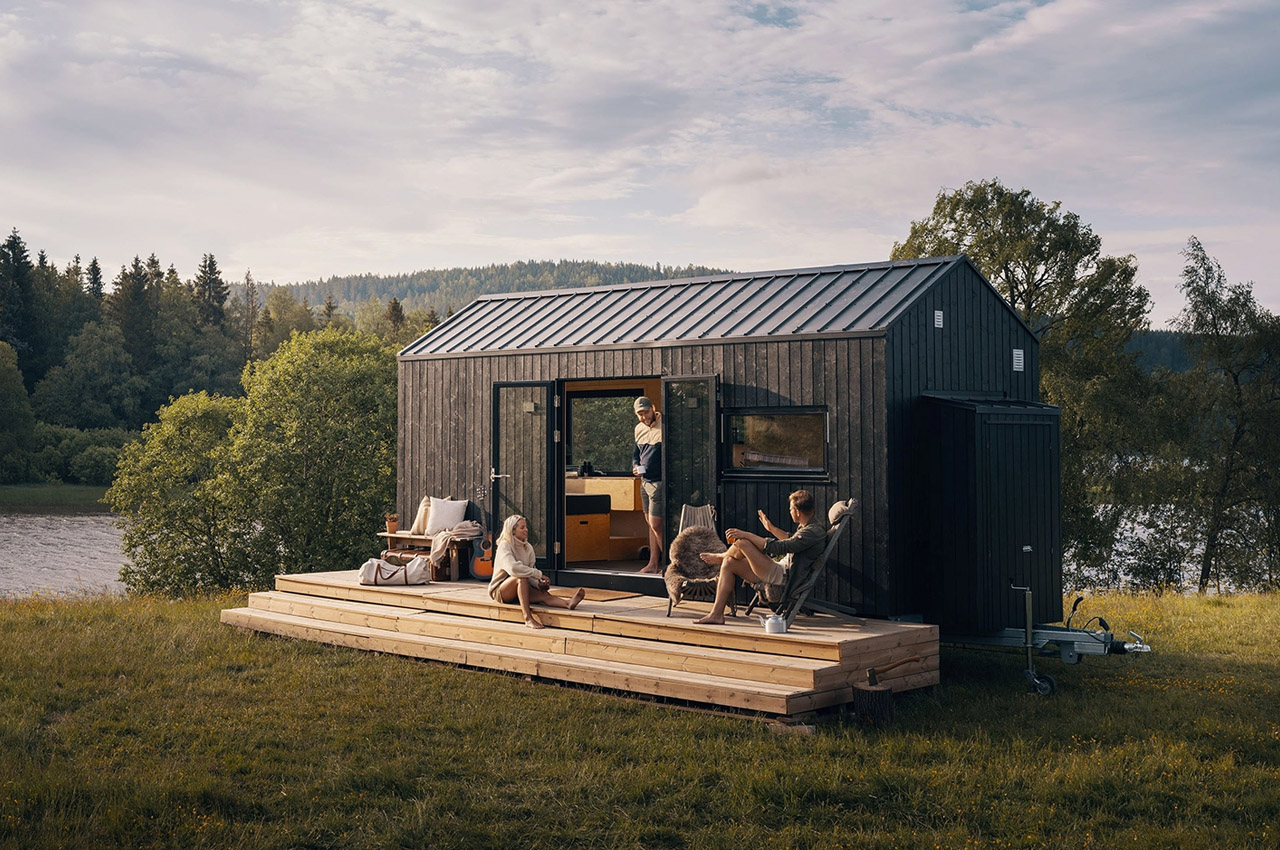
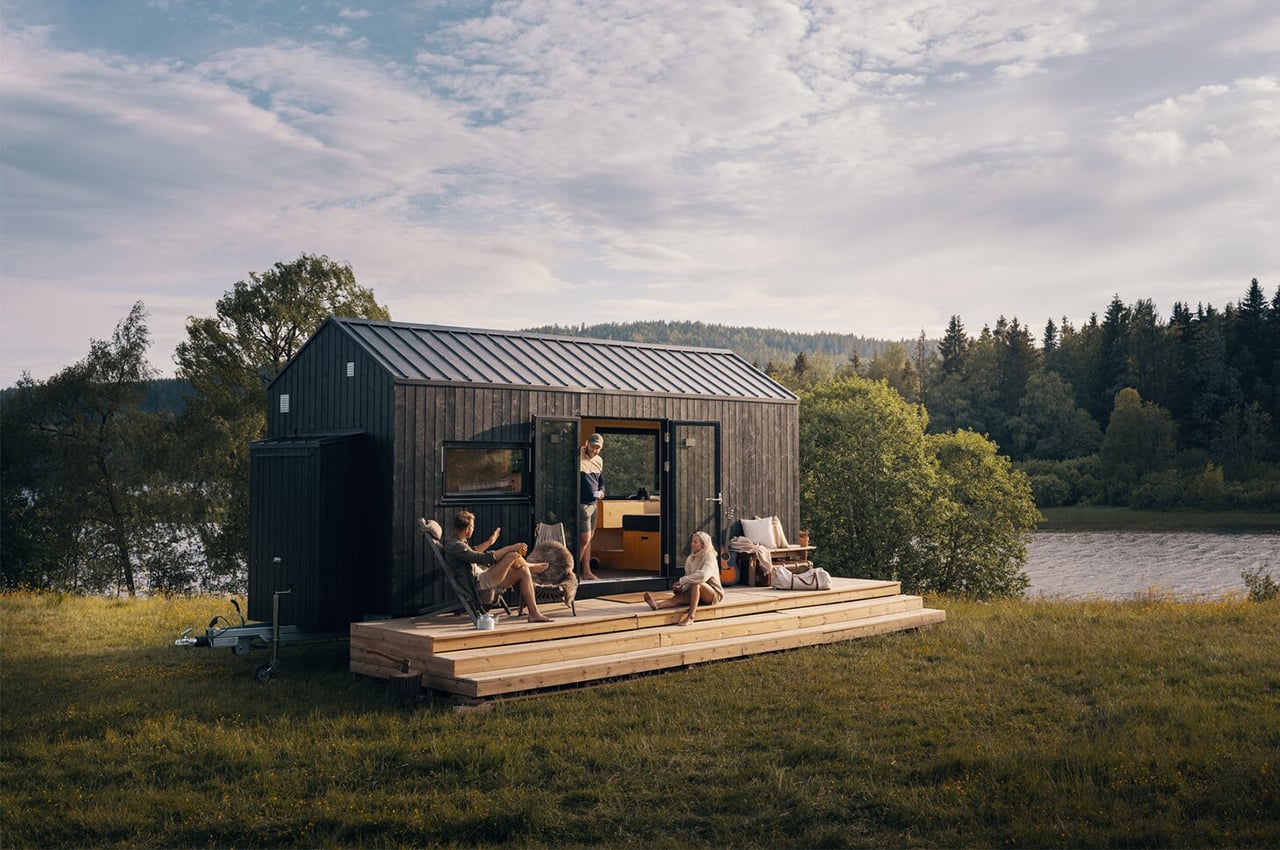
Designed by David and Jeanette Reiss-Andersen of Oslo-based Norske Mikrohus, Rast is a modern tiny home clad in dark-stained Norwegian spruce. It is constructed with Nordic weather conditions in mind – the roof can withstand heavy snowfall and the walls incorporate thick insulation made of wool, glass, and aluminum – all sustainable materials. On sunny winter days, occupants can stay warm and comfortable inside while still feeling tied to the outdoors. “The large window in the shower really puts you in touch with the natural surroundings,” David says.
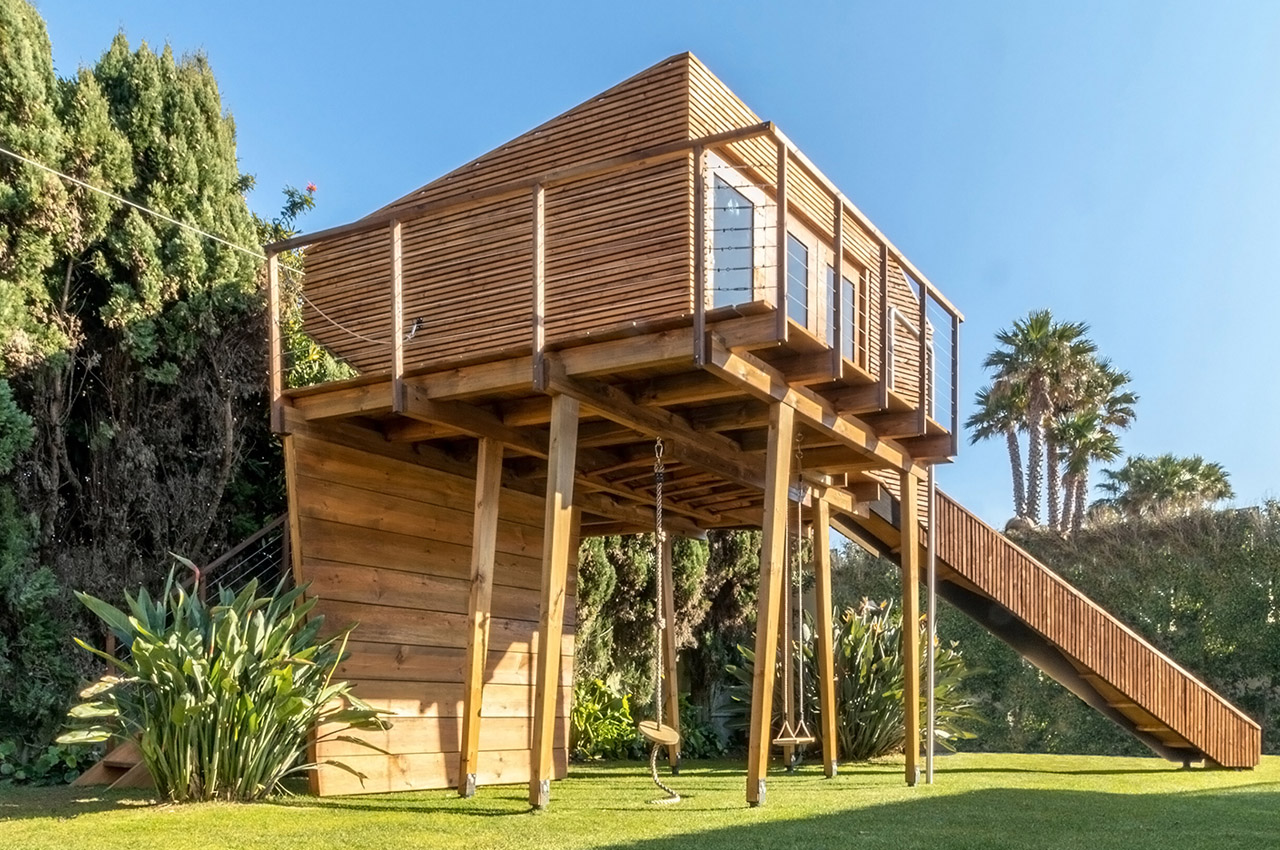
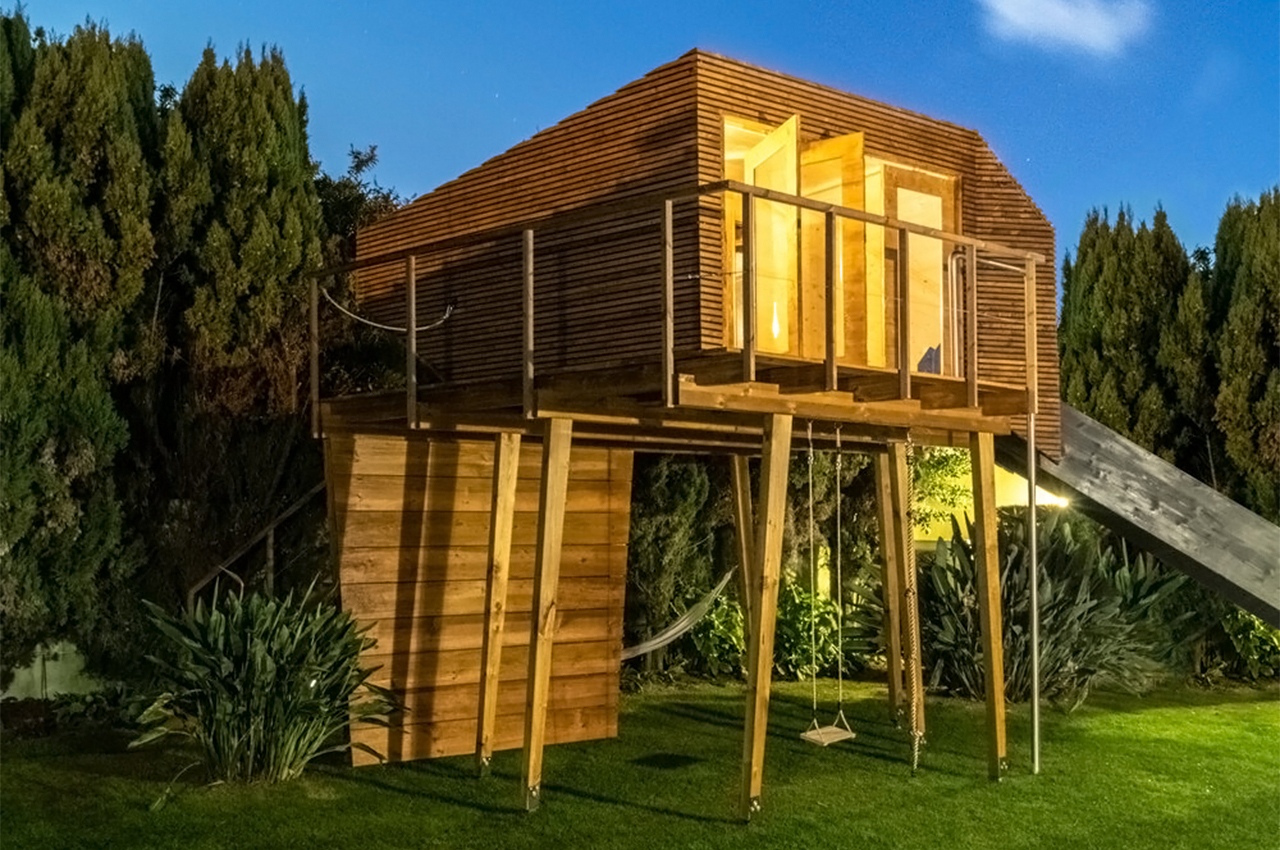
Normalize adults living and chilling in treehouses because we are certainly going through a lot more than children and this is the escape we need! Cassiopeia is one such shelter that every grown-up dreams of having, it is a treehouse that was born in a garden without a tree for us to disconnect from the virtual world. It has multiple levels, a fire-man pole, a slide, a swing, a zip-line, a net bed, monkey bars, and a climbing wall in sculptural form with legs that grow in the garden!
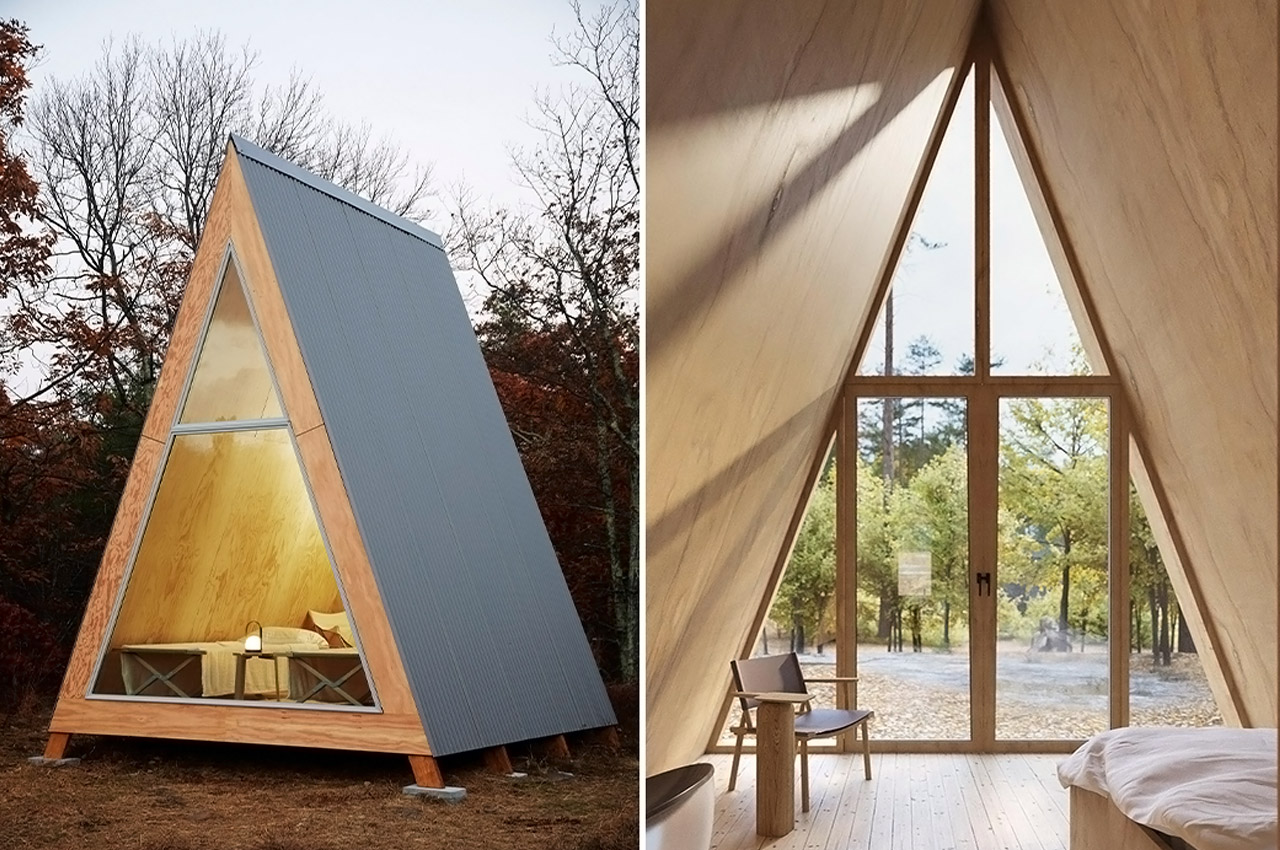
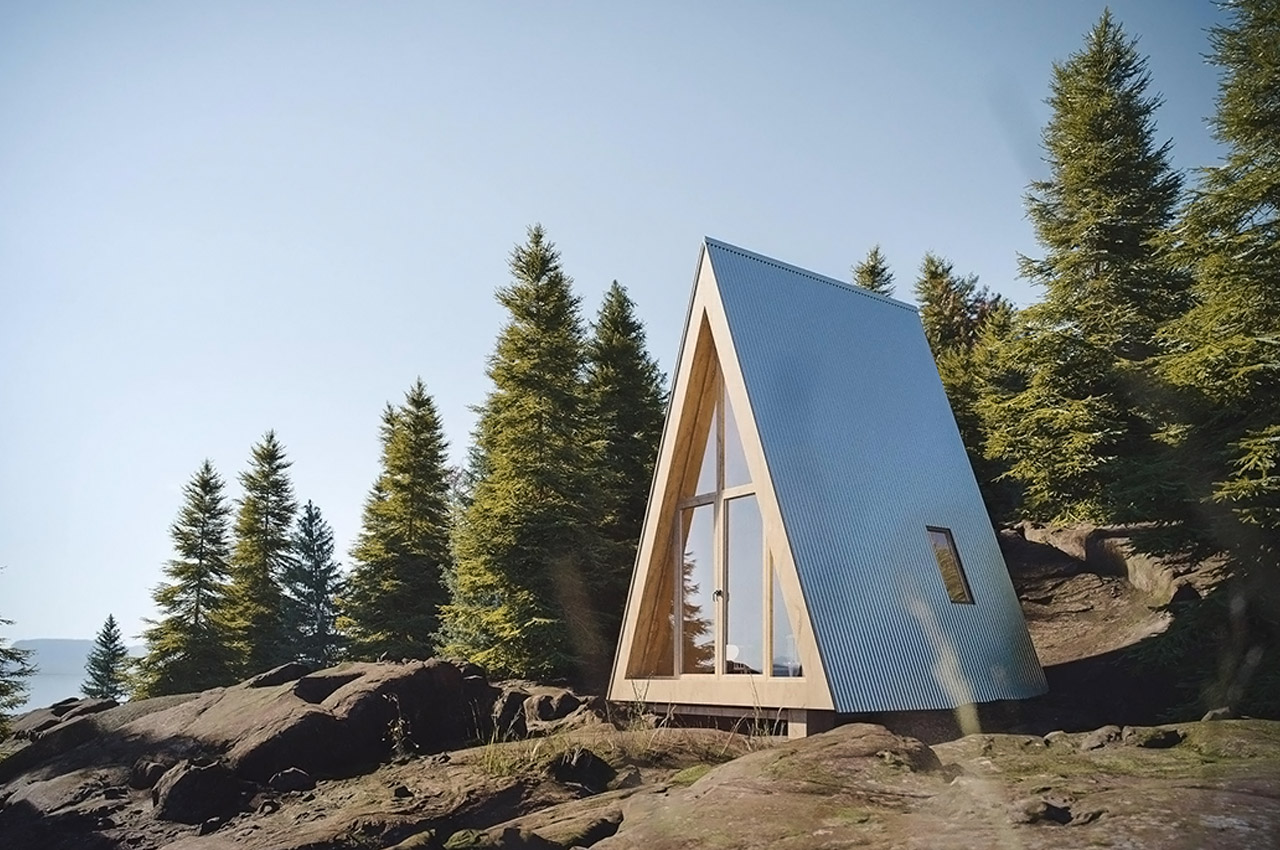
Setting up camp has never looked so good and it setting up a minimal glamping cabin just got a whole lot easier thanks to Den! The cabin design studio has a range of flat-packed DIY-style kits that let you assemble your own A-frame cabin in a few days. The average size is 115-square-foot (10.68-square-meter) with models that are larger and smaller depending on what you are looking for. Once assembled, you can see the slanted wooden walls and a floor-to-ceiling triangular window just like how we drew a picture of a cabin as children. The space is minimal and can be transformed into a cozy getaway, a yoga studio, or a creative retreat! The prefab pieces for the cabin are made in New York and come with pre-drilled holes, all wooden structural parts that lock together, bolts, and even door hardware.
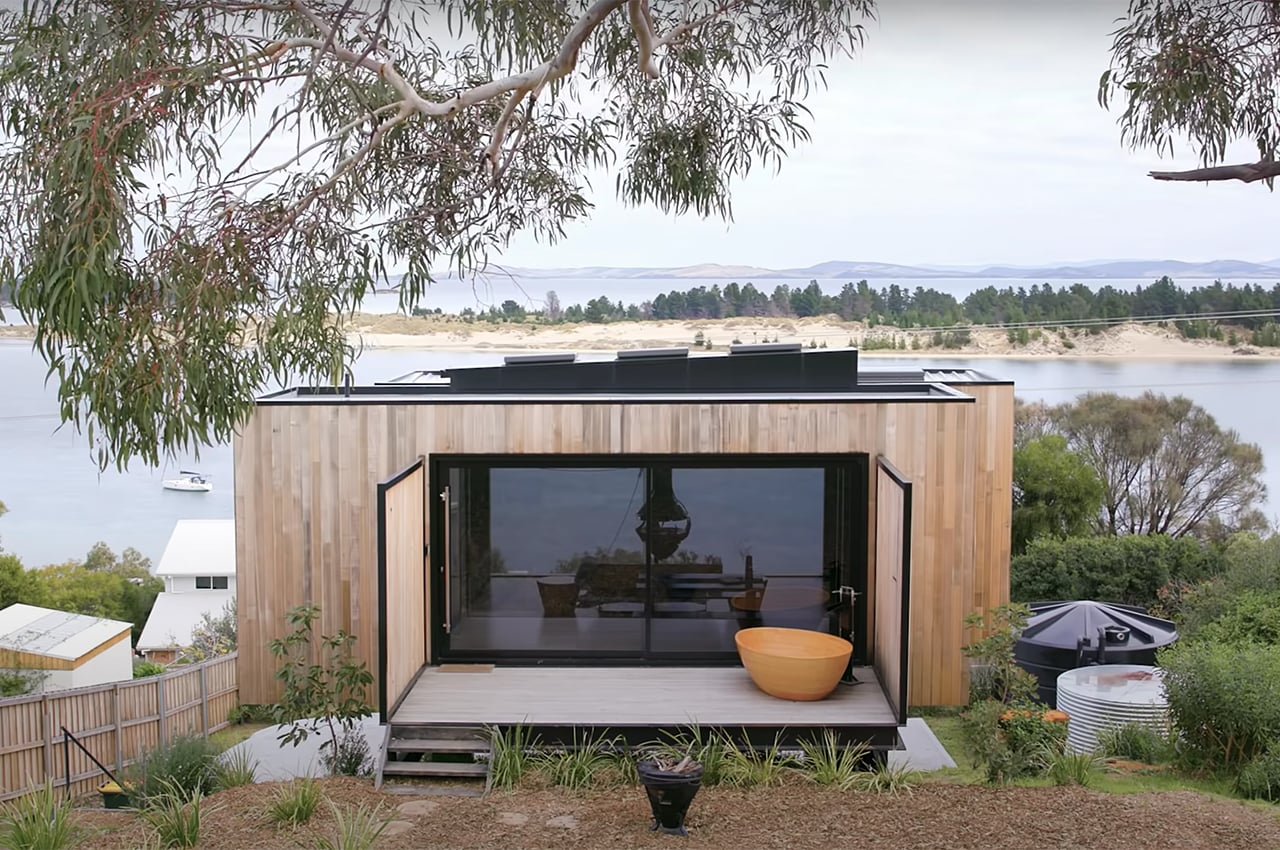
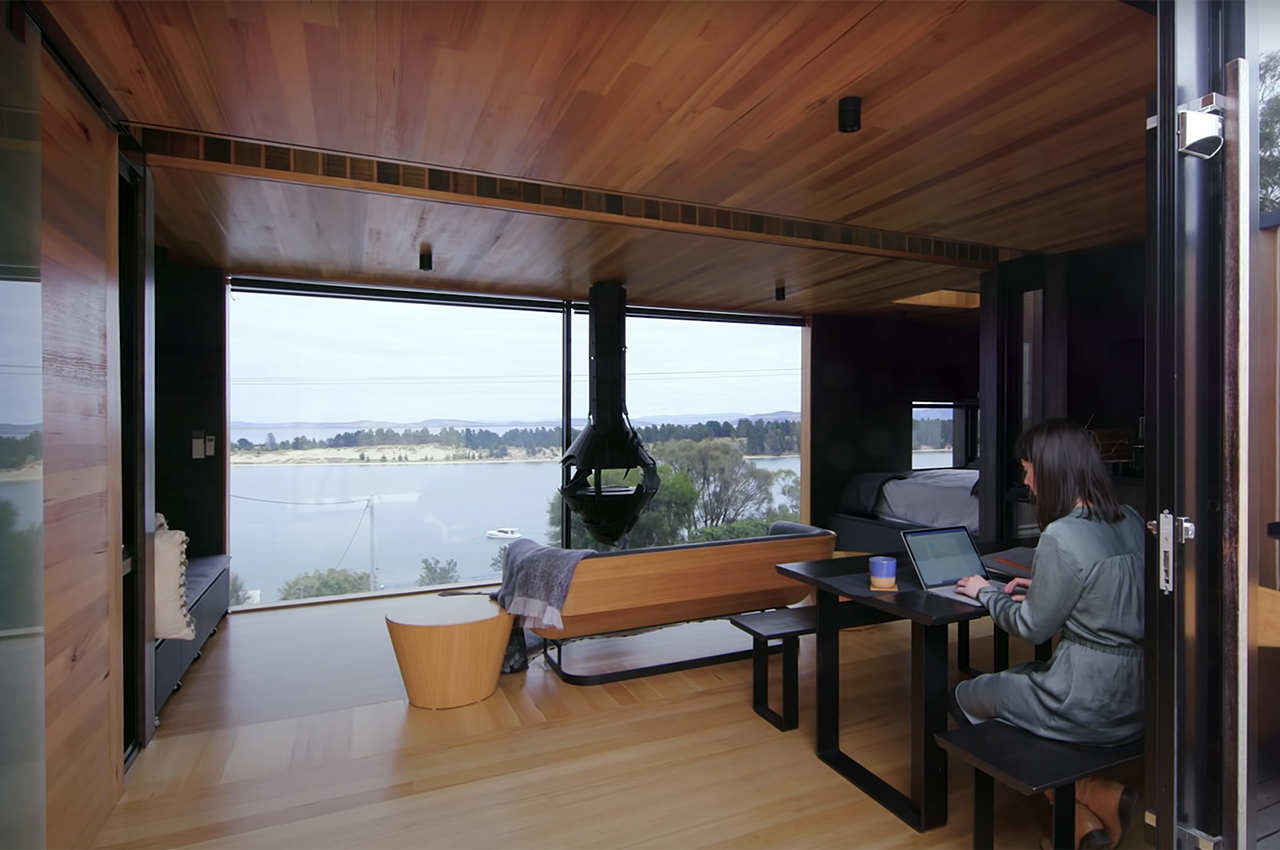
The Pod, described by TV host Peter Madison as a “love letter to Tasmania,” is a tiny home comprised of two living ‘pods’ merged together by a narrow row of skylights. Covering only 430sq-ft, the exterior of The Pod is wrapped in Tasmanian oak wood which is replaced with expansive, floor-to-ceiling windows around the back of the tiny home. Positioned on a hillside, the tiny home’s back pod rises on steel beams to merge with the front pod, giving the illusion that you’re “floating” above the ground, as described by Hansen.
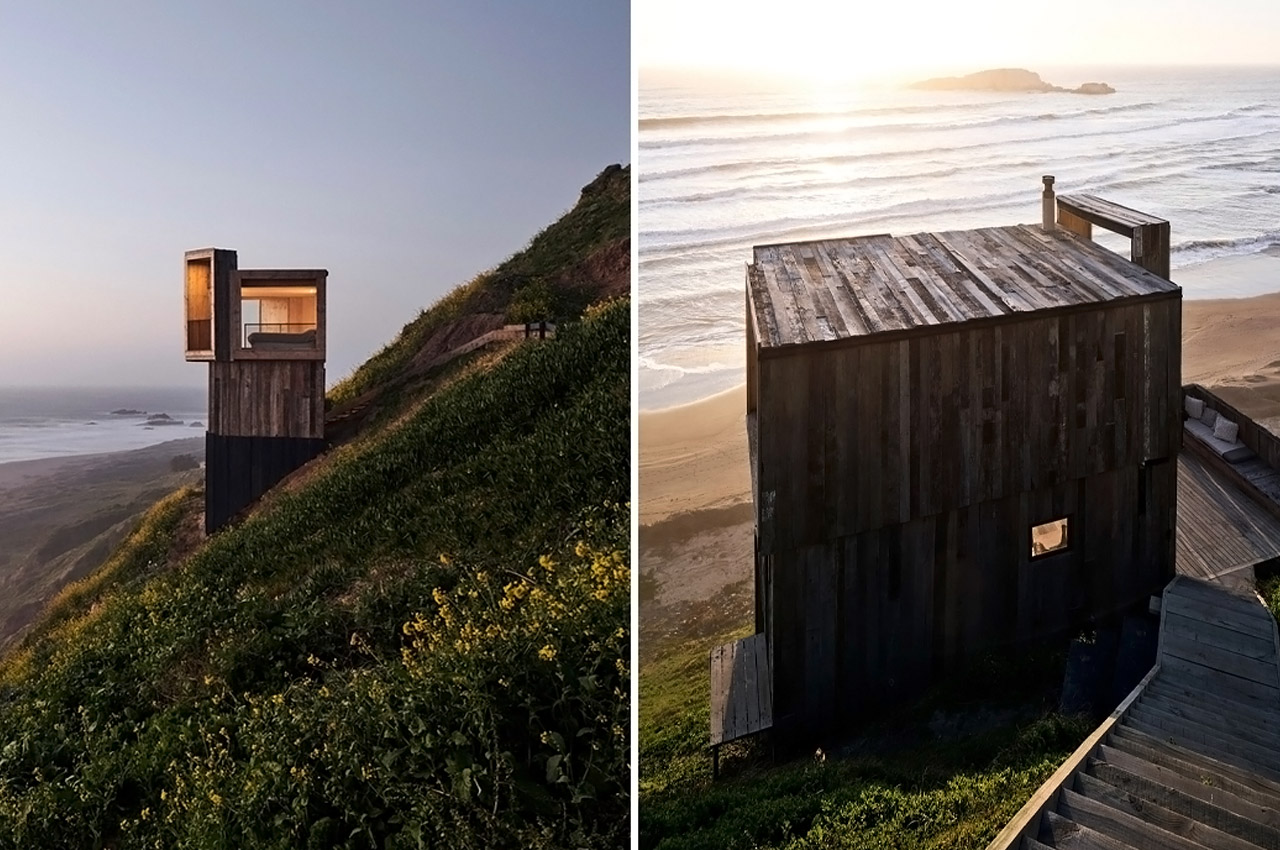
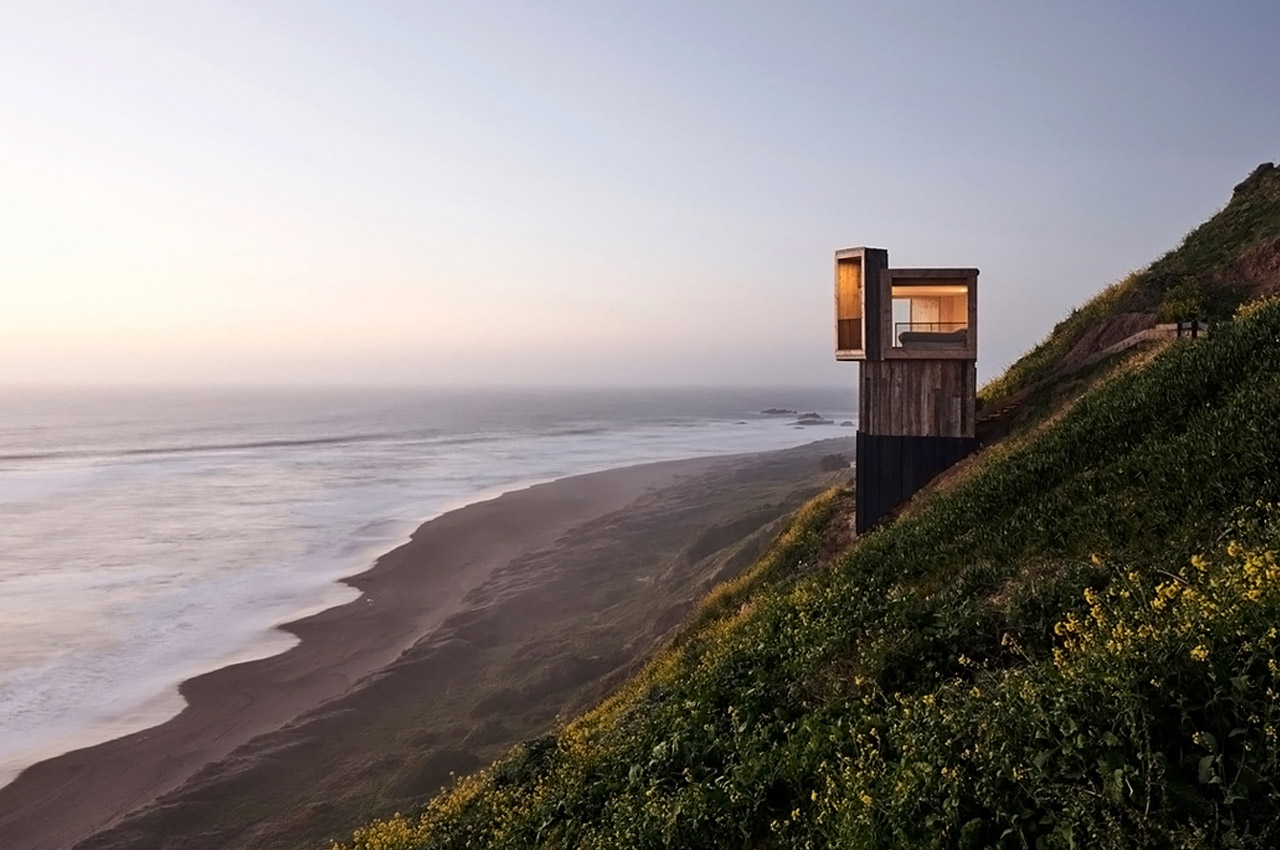
Designed and built by Croxatto y Opazo Arquitectos, the holiday cabins are named La Loica and La Tagua and each comprises an individual footprint of less than 25 square meters. Initially conceived of as holiday homes positioned on the coastline of Santiago, La Loica and La Tagua are two-story cabins placed 80 meters above sea level. Getting as close to the Pacific Ocean as possible, the two cabins remain stationed atop the “Lobera,” a large mass of rock that juts out to sea and stands as a home to sea lions and other native sea-dwelling species. Inspired by the windy conditions that Matanzas has become famous for, Croxatto y Opazo Arquitectos played into the wind when designing their holiday cabins.
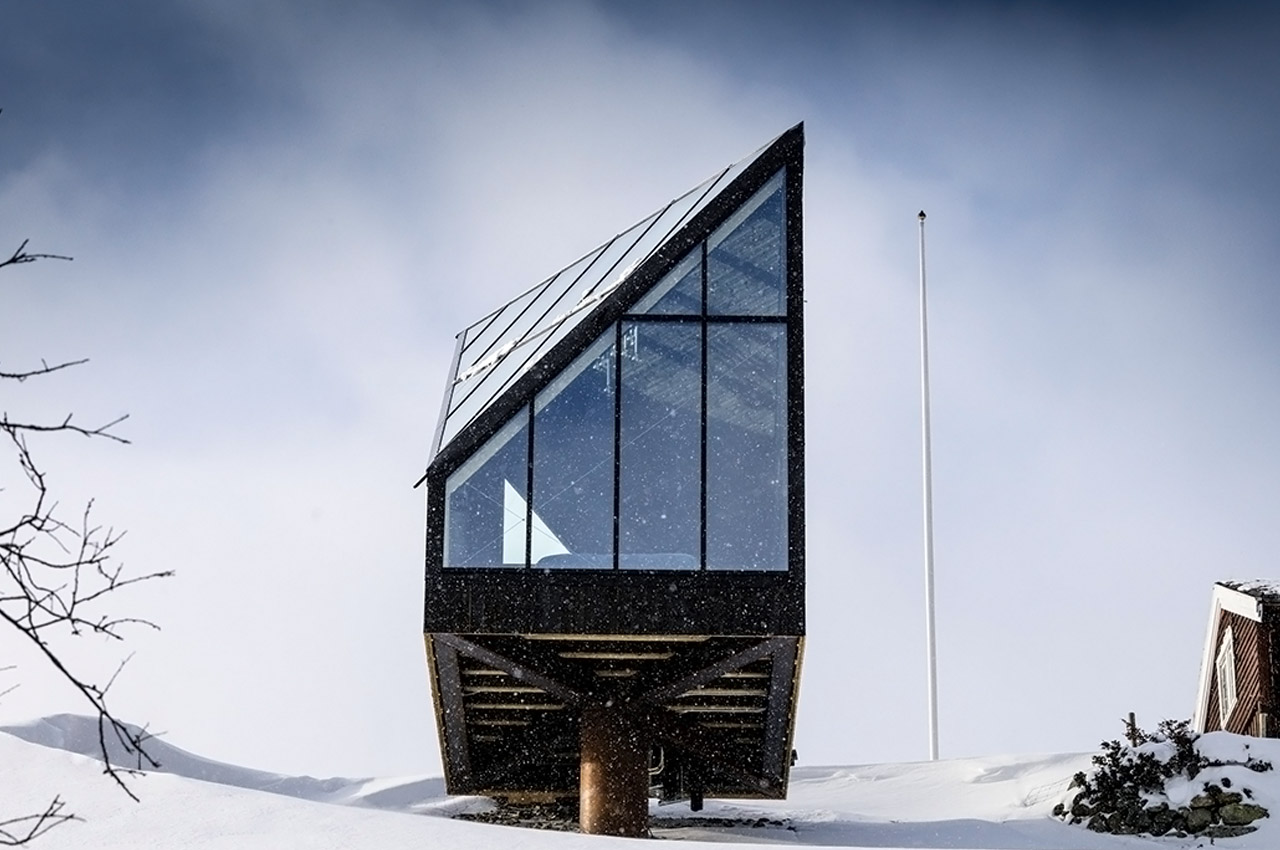
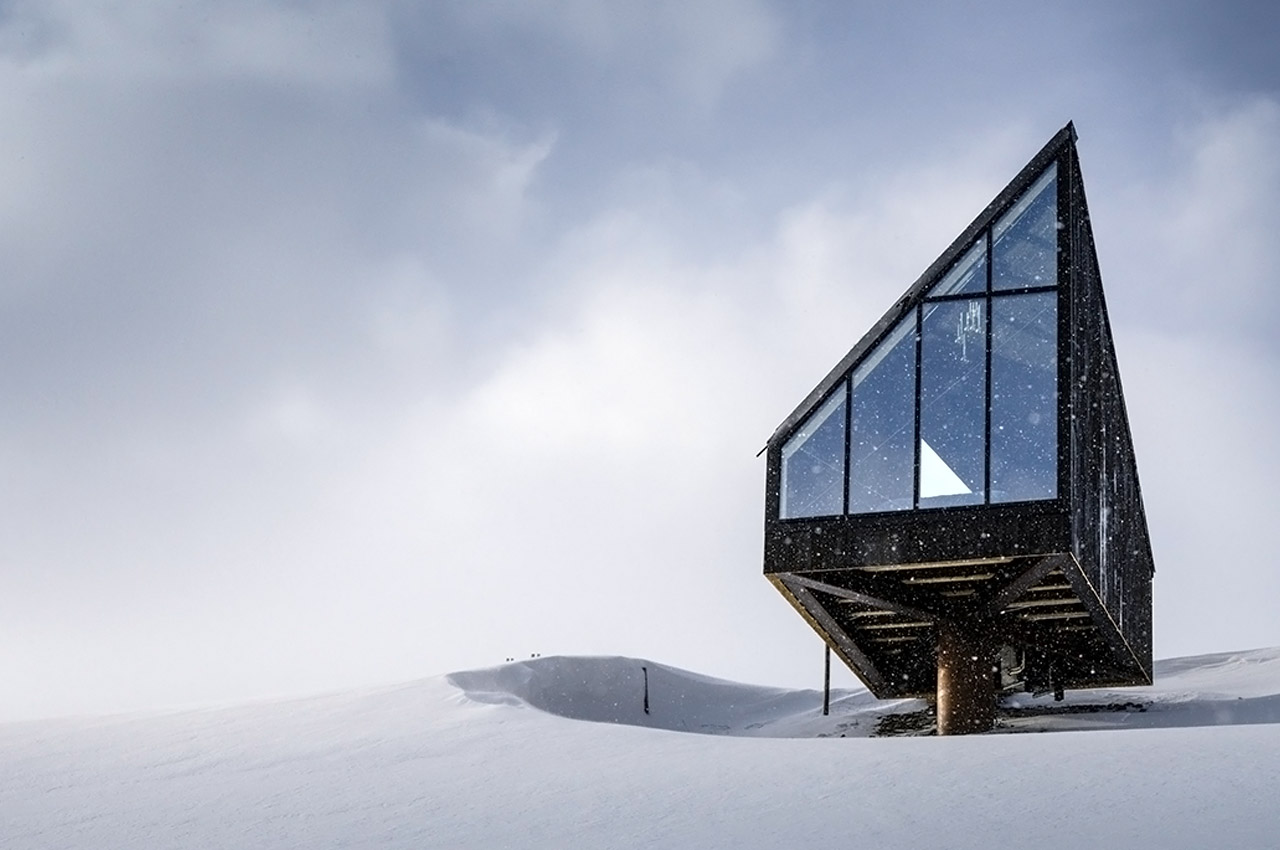
The Diamanten Cabin, which is positioned atop a cylindrical support pillar in Oppdal, Norway, was constructed within its mountainous, pre-existing framework. The architects with A38 Arkitekter centralized environmental harmony in designing their winter annex; adjacent log cabins punctuate corners of the valley where the diamond-shaped cabin perks. The final structure is visually enigmatic, but chameleon-like in its commitment to reinvigorating, yet respecting the community to which it belongs. Nestled nearby traditionally vibrant timber cabins, the Diamanten Cabin is unassuming in size, with a total of only a single, open room.
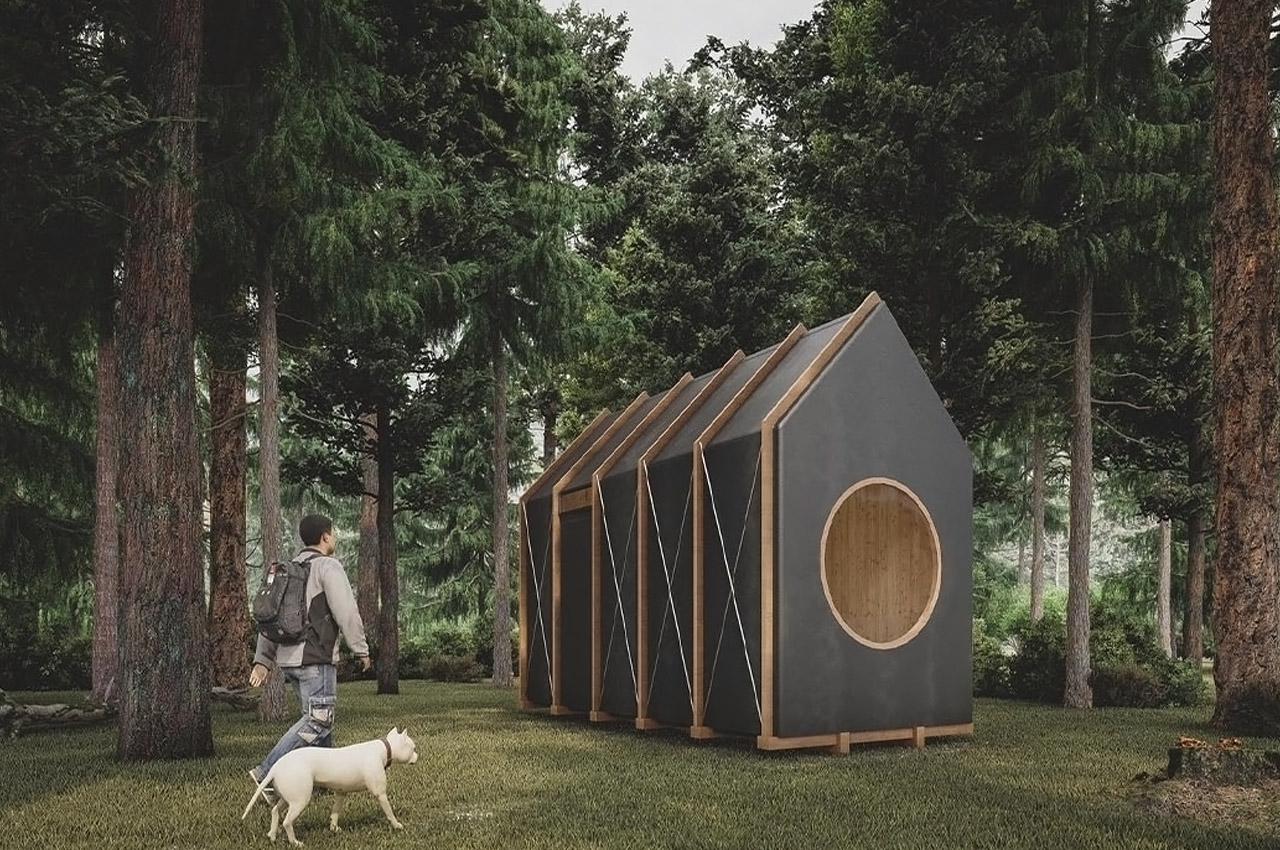
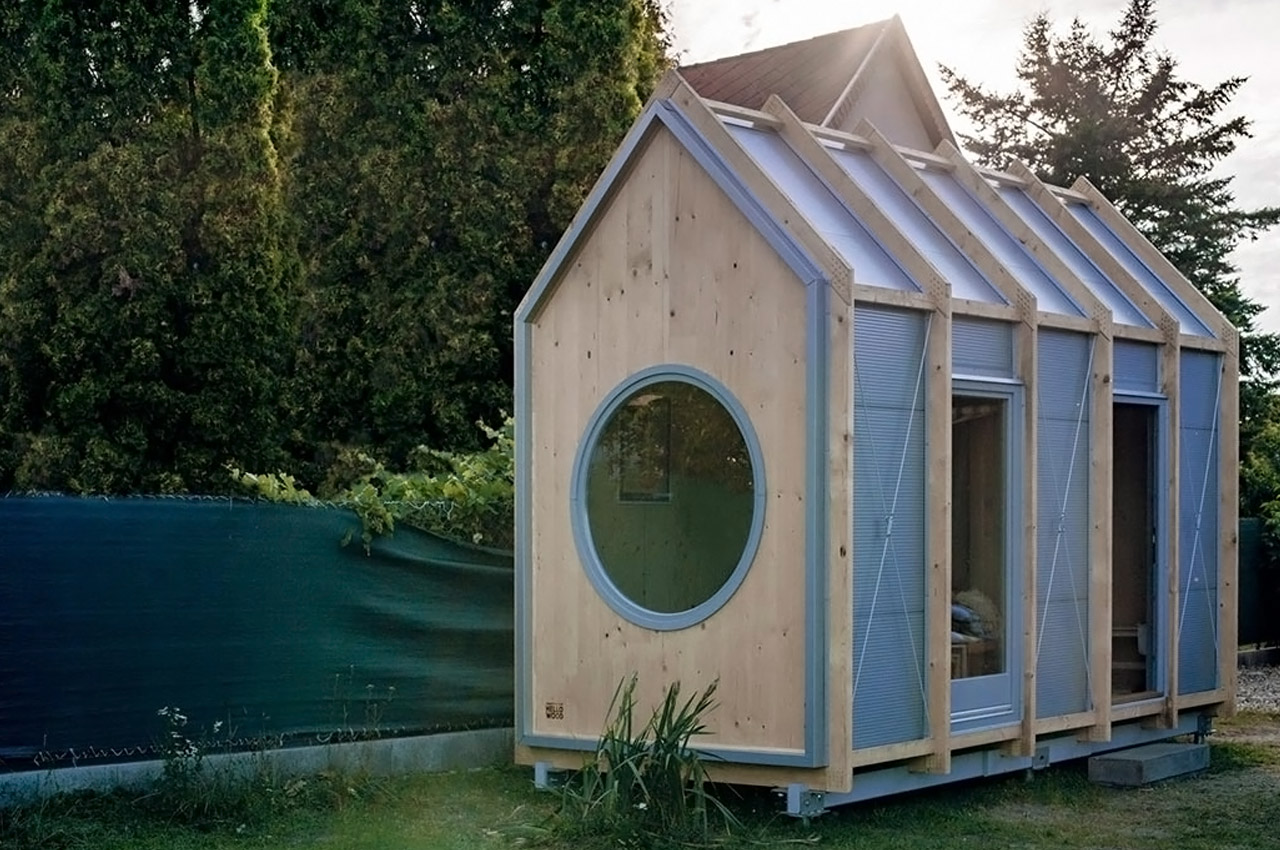
A Hungarian company called Hello Wood has designed a tiny minimalist cabin that you can assemble yourself for creative space solutions or just an escape from your living room. The prefabricated cabins start at $10,200 and have been crafted in a way that anyone can put together, it is truly the ultimate DIY project. With the tiny home market ‘growing’ rapidly, the Kabinka cabin is positioned to be like IKEA furniture – easy to assemble with an aesthetic that is loved by most. The Kabinka cabin comes in four sizes that range between 129 and 215 square feet. It is a tiny cabin but it has high ceilings – over 12 feet high actually – that bring a sense of spaciousness and luxury to the otherwise simple structure.
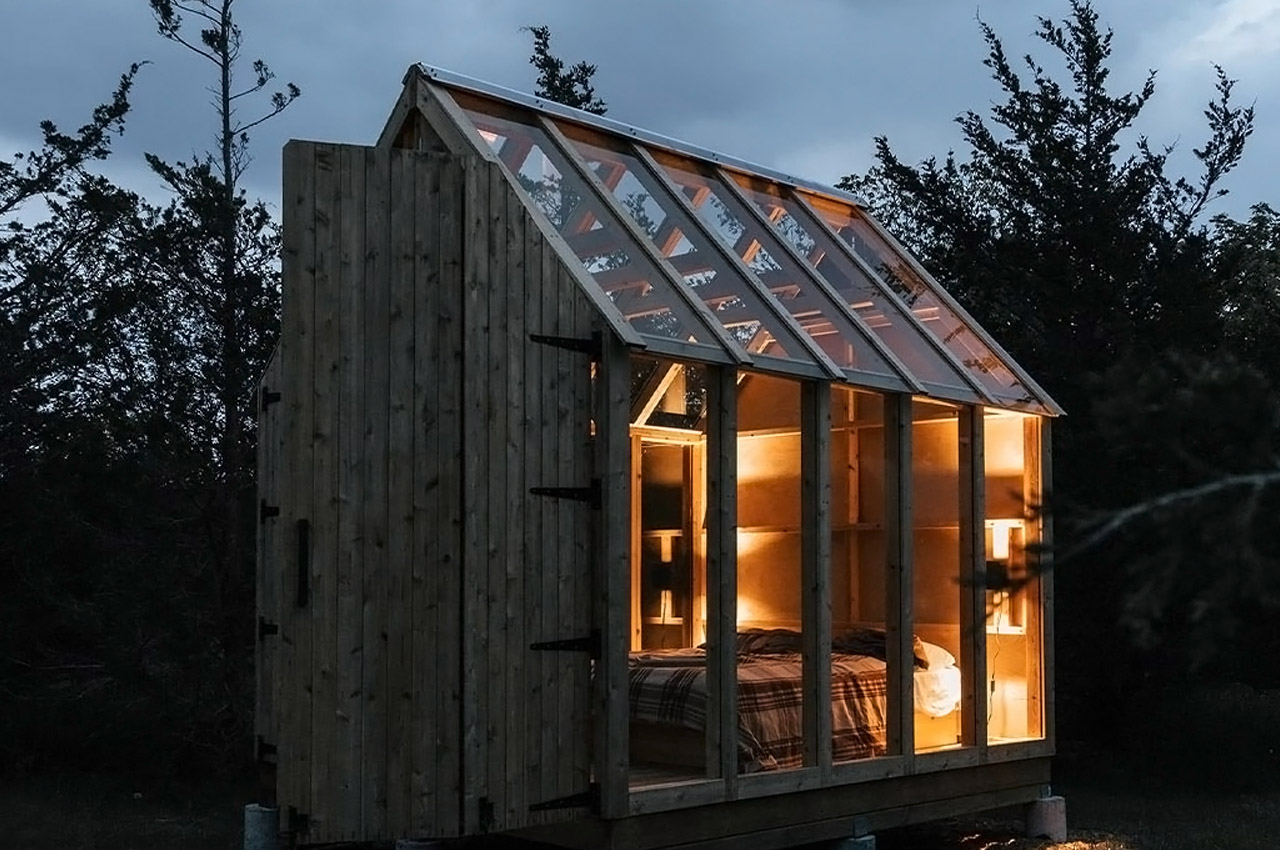
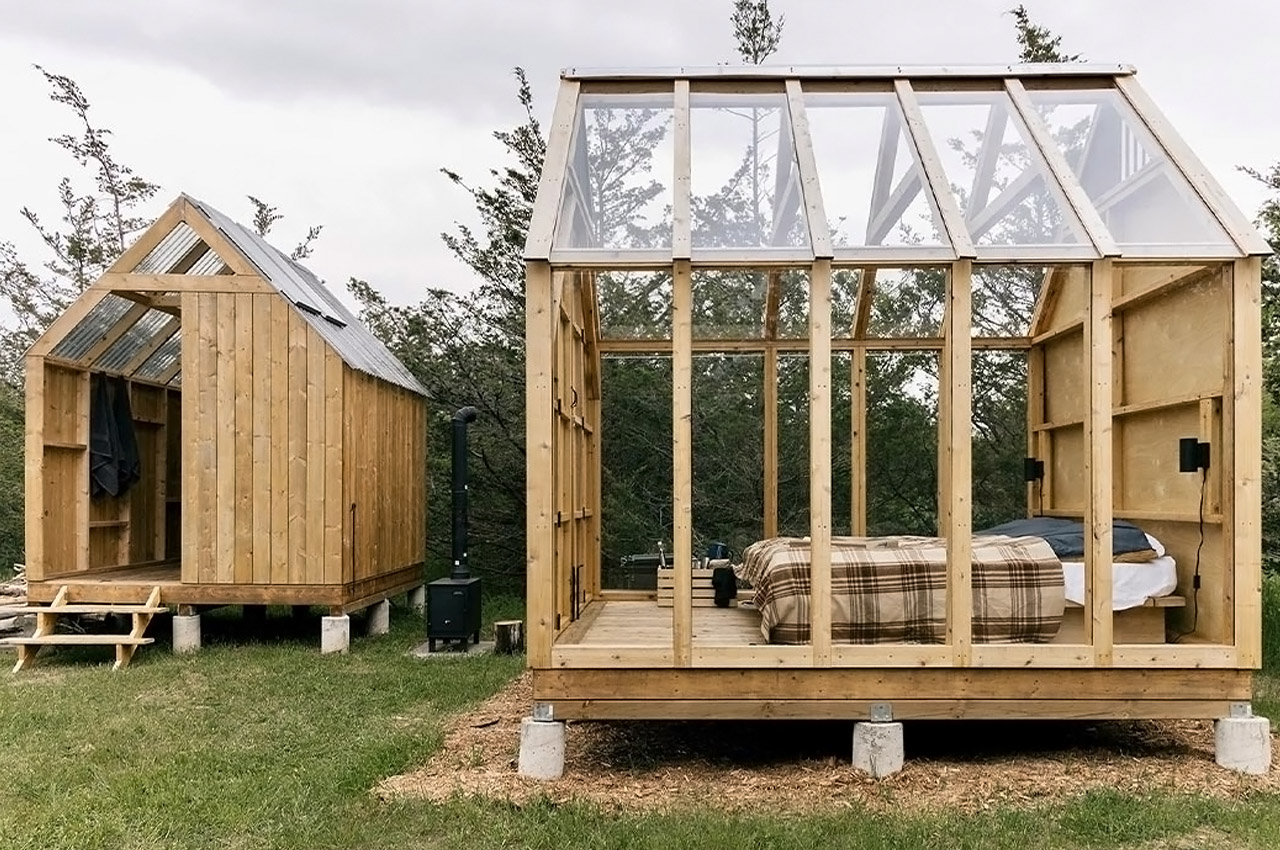
The cabin hides amidst a lush 75-acre property surrounded by a massive wooded area that is used for the business’s various other staying experiences. Payam Shalchian designed the 80-square foot cabin and also co-owns the B&B. The theme is ultra minimalistic – the exterior is a simple wooden frame and the interior only houses essential furniture. The luxury in this case is the immersive experience you have within nature. To truly bring the outside in, the majority of the walls and ceiling panel areas are made of transparent plexiglass. The cabin is basically a sleeping zone and has another supplementary 64-square foot cabin which is a bathhouse containing a shower and composting toilet.
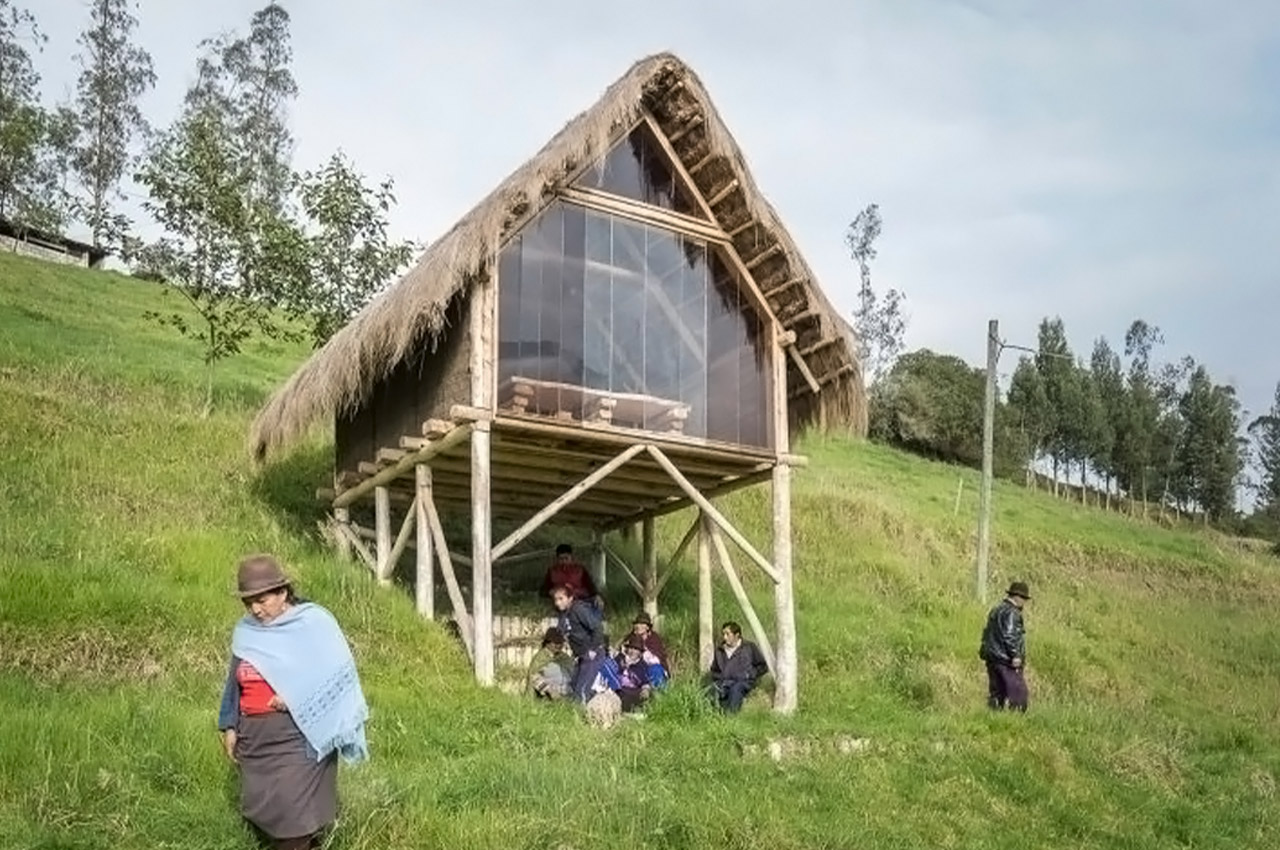
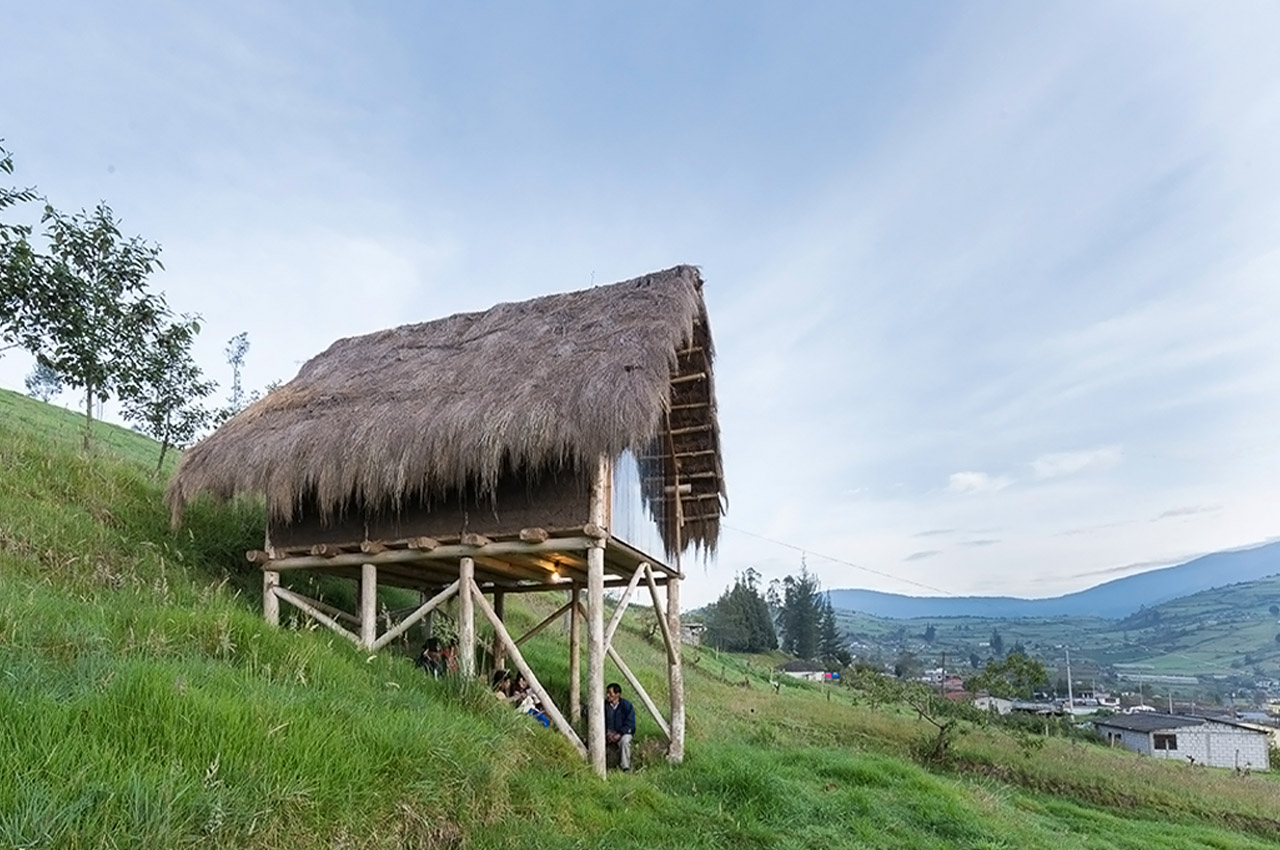
Guambo studies architecture at Universidad Tecnológica Indoamérica (UTI) in Ambato, Ecuador, and like most students, he just wanted a space for him to do projects while listening to loud music – that is how this tiny studio was born! To build his dream focus pod, he worked under the guidance of Al Borde, a local architecture studio that successfully completed the renovation of a deteriorated 18th-century house (!) in Ecuador. The main purpose was to be able to play loud music without disturbing the neighbors so Guambo used a traditional construction method known as ‘Bahareque’, a building system that involves weaving sticks and mud to construct compact walls, to make it sound-proof. Even though the exterior reflects the traditional design technique, the full glass window gives it a modern touch.



